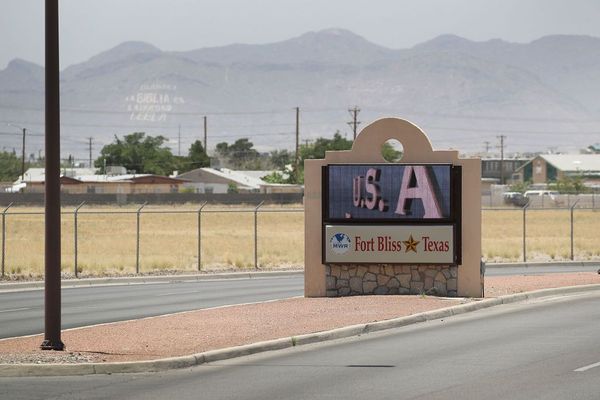
Last month marked 30 years since Microsoft launched Windows 95 on August 24, 1995. Surprisingly, the Federal Aviation Administration (FAA), which oversees civil aviation across the United States, admitted in June that it still used Windows 95 and floppy disks in its daily operations. However, it highlighted its plan to upgrade to a modern operating system.
Although the software giant ended (mainstream) support for Windows 95 on December 31, 2000, the operating system remains a hot topic to this day and played a significant role in Windows' global popularity and widespread adoption.
Over the past few months, I've covered several nostalgic stories delving into Windows 95's history and design choices, including the key reason behind some of its relatively underwhelming GUI, which often relied on dull leftovers from Windows 3.1 despite the system's ability to support rich graphical elements.
Recently, veteran Microsoft engineer Raymond Chen, who has been deeply involved in the evolution of the Windows operating system for over 30 years, shared an intriguing story in his ongoing "Old New Thing" series, explaining why Windows 95 shipped without a power-saving feature to preserve battery life on idle laptops.
For context, more modern Windows variants shipped with an 80386 HLT (Halt) instruction for processors, which tells the CPU to pause itself until a hardware interrupt occurs, like a key stroke, allowing the processor to go into low-power mode when the operating system is running idle.
While modern operating systems have advanced this approach with more sophisticated instructions like MWAIT (Monitor Wait), enabling devices to safely enter lower power states, such capabilities did not exist while Windows 95 was in active development.
HLT would brick too many devices

Raymond Chen explains that Microsoft's decision not to include the 'HLT' instruction in any of the Windows 95 code was intentional. He attributed it to multiple laptops from a "major manufacturer" becoming unresponsive on boot (bricked, to a certain degree) when the CPU tried to trigger it.
Users who developed aftermarket components to execute HLT instructions in Windows 95, aimed at conserving power, apparently expressed frustration, saying, "Stupid Microsoft. Why did they leave this feature out of Windows.”
Since the failure mode is a system that is unusable, the cost of a false negative was far too high. We just had to remove the HLT.
Raymond Chen, Veteran Microsoft Engineer
Chen pointed out a critical flaw in these components, noting that they were riddled with bugs that often caused devices to trigger that kind of freezing. "And that’s the problem: The failure mode is a brick," added Chen.
While he admits that it would have been possible for Microsoft to include detection for the affected systems that froze up when the HLT instruction was triggered, it was virtually impossible to identify all affected systems before Windows 95 shipped.
As such, this prompted Microsoft to exclude the HLT instruction from Windows 95. "Since the failure mode is a system that is unusable, the cost of a false negative was far too high. We just had to remove the HLT."







